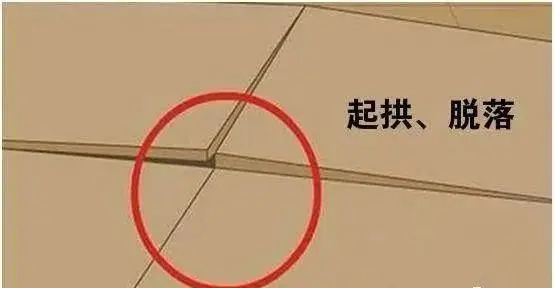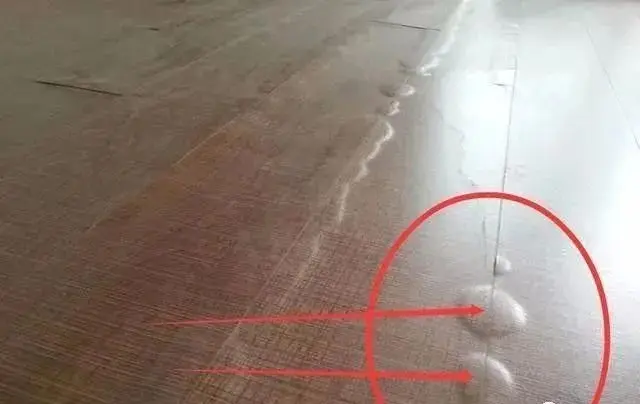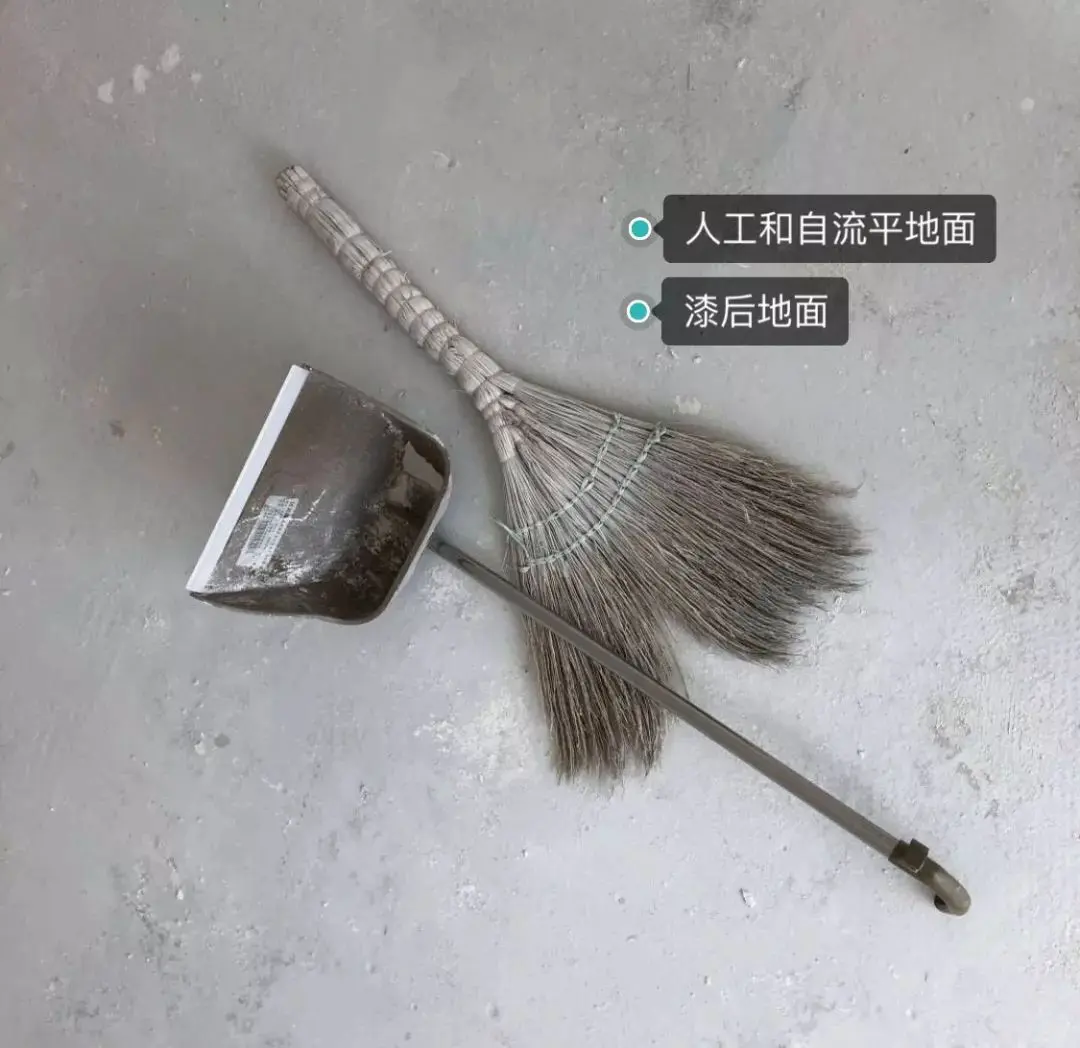Many families tend to choose wood flooring when decorating because it adds a touch of elegance and warmth to the home environment. However, although wood flooring is beautiful, it is not easy to maintain. In this article, we will discuss the common problems of wood flooring, especially wood floor fixes, and provide practical installation guidelines to help you easily deal with the various challenges of wood flooring.

First, the cause of wood floor arching
Wooden floor arching is a problem encountered by many families, understanding the causes of arching is essential for effective repair.

- Seasonal changes: Transitioning from wet spring and summer to dry autumn and winter, the moisture balance within a solid wood floor can be upset, leading to warping and arching.
- Direct sunlight: Prolonged exposure to sunlight can cause moisture to evaporate too quickly from the surface of the wood floor, resulting in localised arching.
- Air-conditioning use: long time to open the air-conditioning and windows and doors are closed, the indoor air humidity is reduced, may also cause the wooden floor arching.
- Reserve gap improper: paving if the floor between the reserved gap is too large, dry weather gap will be more obvious, increasing the risk of arching.
- High water content of the base: If the water content of the concrete base is too high, and the moisture barrier is not properly sealed, the water will be absorbed by the wooden floor, leading to expansion and arching.
- Long-term vacancy: uninhabited houses are poorly ventilated, the moisture in the stucco layer evaporates and has no place to emit, and may also be absorbed by the wooden floor, causing hygroscopic expansion.
Second, wooden floor repair method
For wooden floor arching problem, the following are some practical repair methods:
- Ventilation: Remove the arching wood and the surrounding floor, so that air circulation, help to alleviate the arching. If the arching area is large, you can pry the floor at the arching place, and then resurface the floor after the ground and keel are dry. In the meantime, make sure the floor is in normal contact with the outside environment to maintain moisture balance. If arching is severe, consider replacing the damaged flooring.
- Clean the expansion joints: Check whether the expansion joints are blocked, if there are any foreign objects need to be cleaned in time to ensure that the expansion joints are unobstructed.
- Replace with new flooring: For severely deformed floor slabs, remove and then level the floor with cement, then replace with new flooring to restore the floor to level.
Third, how to avoid floor arching
Prevention is better than cure, here are some effective measures to avoid floor arching:
- Ensure that the laying material is dry: Before laying the floor, make sure that the concrete or thermal insulation material is completely dry. If there is moisture, wait until the material is completely dry before laying.
- Strictly control the moisture content of the flooring: The moisture content of the flooring should be controlled within a range that does not exceed the local average annual moisture content. In humid weather, remember to open windows for ventilation to prevent the floor from bulging due to absorbing too much moisture.

- Reserve appropriate expansion joints: Add a certain thickness of wooden wedges between the floor and the wall and ground fixings, maintaining a distance of 8mm to 12mm, to provide space for the floor to ‘expand and contract’.
- Sectional laying: when the length of the floor in the width direction reaches or exceeds 6 metres, or when the length of the floor in the length direction reaches or exceeds 15 metres, reasonable inter-indentation joints should be used and the transition should be made with fastening strips in order to reduce the risk of arching.
- Clean the ground: before installing the floor, clean the ground thoroughly to ensure that there is no foreign matter residue, so as not to affect the flatness and stability of the floor.

- Setting up ventilation holes: the wood grill should be designed so that the holes and grooves are connected to each other and to the floor surface layer ventilation holes. Each house floor surface layer ventilation holes not less than two, skirting board ventilation holes on each side also not less than two, in order to maintain air circulation, to prevent deformation of the floor due to uneven humidity.
- Floor maintenance: use a drier mop to clean the floor, avoid water residue. If you accidentally splash water on the ground, you should immediately clean up the water stains to prevent the floor from absorbing water expansion.
Fourth, how to choose wood flooring materials
Choosing the right wood flooring material is crucial for home improvement. Here are some suggestions to help you make a wise choice based on your budget and needs:
- Limited budget: If the budget is tight, laminate wood flooring is a good choice. Laminate wood flooring in a variety of colours, some domestic and international brands of indentation texture treatment is quite excellent, not only non-slip performance is good, but also affordable.
- The pursuit of natural texture: If you have a love for solid wood and budget, solid wood flooring is undoubtedly the best choice. Solid wood flooring texture natural, comfortable feet, long service life, but the rate of expansion and contraction, the need for professional maintenance.
- Limited budget but the pursuit of solid wood texture: If you want the texture and colour of solid wood, but the budget is limited, you can consider solid wood composite flooring (including three-layer and multi-layer solid wood composite). Solid wood laminate flooring is similar to solid wood in terms of colour and texture, but is more affordable and has an improved expansion rate. However, it still retains some of the characteristics of solid wood, such as the need for certain maintenance.
Fifth, wood flooring installation guide: first floor or first door?
A common question during wood floor installation is: floor or door first? This depends mainly on the type of flooring and your specific needs.
- Solid wood flooring: As solid wood flooring is relatively soft and easily scratched, it is recommended that doors are installed first. This will prevent the floor from being scratched by heavy objects or sharp objects passing over it while the door is being installed.
- Laminate or solid wood flooring: For laminate or solid wood flooring, the installation order is relatively flexible. You can co-ordinate the order of flooring and door installation according to the schedule and the actual situation. However, in either case, you should ensure that the gap between the floor and the door is appropriate so that the necessary adjustments and maintenance can be made later.
In short, wood floors are beautiful, but they take some skill and patience to maintain. By understanding the causes of wood floor arching, mastering practical restoration methods, taking effective preventive measures and choosing the right materials and installation sequence, you can easily cope with the various challenges of wood flooring and make your home environment more warm and comfortable. We hope that this article’s guide to wood floor restoration and installation will be helpful to you!

